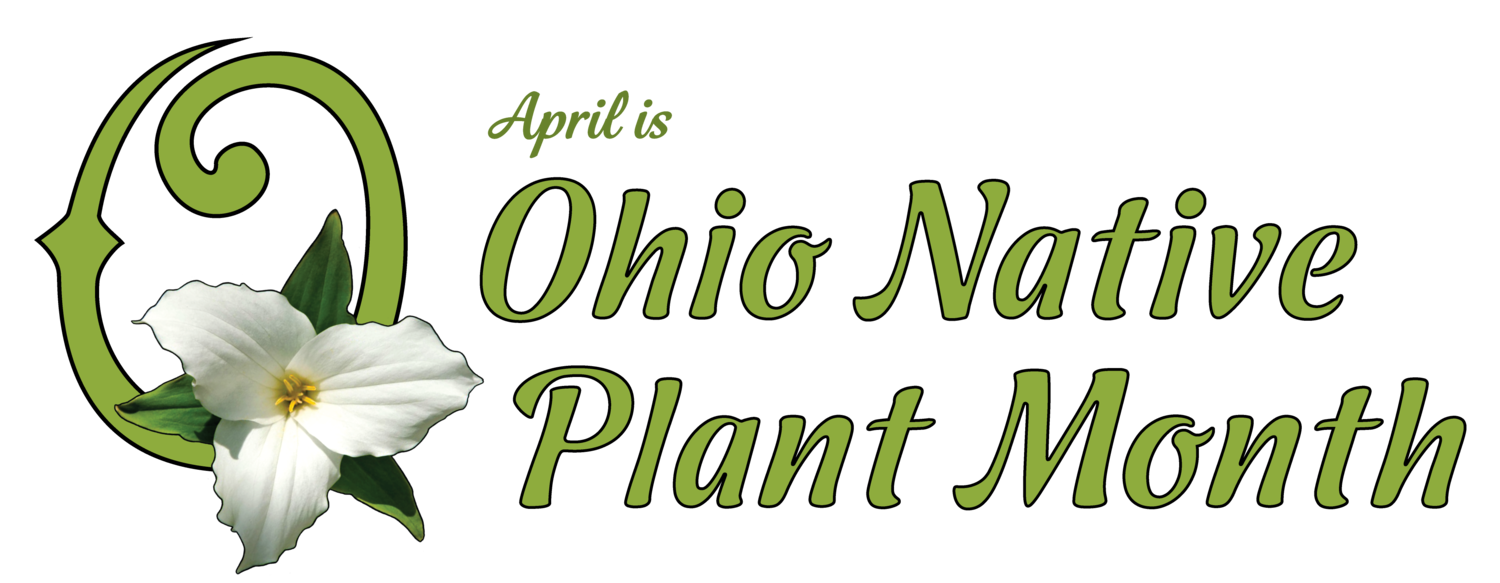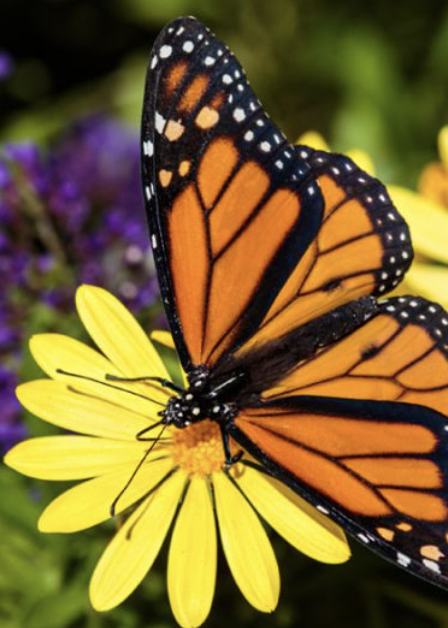Why are Native Plants so Important?
By Nancy Linz 4-13-2023
Because Native Plants Provide Food and Shelter For Native Wildlife
To save our planet, me must protect our water, air, and soil. To save wildlife, we need to provide them with abundant food and shelter. Many, many more native plants need to be planted to help feed all wildlife.
***********
A native plant is defined as one that has evolved over thousands of years in a specific geographic region, alongside local flora and fauna, without human intervention.
Native plants include large canopy trees, understory trees, shrubs, perennials, vines, and grasses that are indigenous to unique geographic regions with special soil, moisture requirements, and growing conditions.
One of the most important functions of ALL green plants, whether they are large trees growing on the land or phytoplankton living in the oceans, is photosynthesis. Green plants have the unique ability to absorb carbon dioxide from the atmosphere and convert it into oxygen, which is needed by both plants and animals for survival. Photosynthesis also results in the creation of a high-energy simple sugar called glucose that provides energy to the animals that eat plants.
Almost every living animal either eats plant leaves directly, eats products that are produced by plants including seeds, fruits, roots, and stems, or feeds on the animals that eat plants, making plants the foundation of many food webs.
Green plants also protect our planet’s natural resources including air, water, and soil. Their roots help to stabilize soils, reduce runoff during heavy rains, control erosion, filter water, and protect wetlands. They also help to filter and clean the air we breathe. Plants absorb nutrients from the soil making them available to browsing wildlife, and leaf litter from deciduous plants adds organic matter to the soil improving soil health.
But all green plants do these things, even highly invasive non-native plants. So why are native plants so very important?
***********
Native Plants are special because they have evolved over thousands of years alongside native bees, birds, and wildlife. The intricate relationships that have developed between local flora and fauna are extremely specialized and cannot be replaced with ornamental, non-native plants. Our landscapes today often contain plants collected from around the world, but many of our insects and caterpillars have not evolved quickly enough to be able to eat these strange, exotic foods.
Therefore, native plants are unique because they provide food and shelter for native wildlife. Incorporating so many non-native plants into our landscapes has caused a sharp decline in pollinators and wildlife species, because of habitat destruction, and the lack of food.
To help reverse this trend, many, many more native plants need to be planted across the country, including a wide variety of native plants with flowers that have different blooming times, flower colors, and flower shapes.
Landowners can help pollinators by planting native plants that bloom from early spring through late fall. According to Denise Ellsworth at The Ohio State University’s Department of Entomology, “Flowers use a variety of strategies to attract pollinators, including petal color, scent, UV light patterns and nectar guides. Bees in particular use floral qualities such as polarized light patterns, petal texture, temperature, humidity, and electrostatic charge to help them locate flowers.”
Different flower shapes and colors attract different pollinators. According to researchers at the University of Missouri, “…hummingbirds are attracted to red and yellow flowers. Butterflies are drawn to red, yellow, orange, pink and purple flowers. Nocturnal pollinators, such as bats and moths, will visit pale-colored or white flowers that remain open at night, and are easiest to see in the dark.”
A new study published by scientists at the German Center for Integrative Biodiversity Research, found that increasing the number of plant species in a natural habitat (increasing biodiversity), not only increases the number of pollinators, but also increases the number of natural insect predators like spiders, wasps, and beetles, which feed on destructive insect pests like aphids. If a wide variety of different native plant species are planted together, there is an opportunity to reduce the use of pesticides by allowing beneficial predators to thrive.
There are thousands of native plant species in the United States, with almost 2000 in Ohio, and many are underutilized in the green industry. Increasing the awareness of the vast number of native plant species and working with the industry to make more of these plants available is a great way to expand biodiversity in home landscapes.
When you look at a residential neighborhood in most of our country today, it typically consists of a house surrounded by a lush, green lawn. This view of suburbia has existed for over 100 years, and unfortunately is accepted as the norm.
Turf grass not only consumes massive amounts of water for survival, but does not provide any nectar for pollinators, or food or shelter for wildlife. Working to establish a new normal of pollinator-friendly habitats filled with native plants is important for saving water, reducing fertilizer and pesticide use, increasing plant biodiversity, and improving the health and sustainability of our planet.
There are a few plant species that, in addition to being non-native, are also highly invasive. Non-native invasive plants can quickly dominate large areas and push out beneficial native plants. Extremely aggressive, hard to control, these invasive plant species can overwhelm and destroy entire ecosystems. But given these plants did not evolve alongside our native wildlife, most of these plants cannot be eaten by caterpillars and other wildlife.
To improve the health of our planet and the sustainability of natural ecosystems, we need to work to protect our remaining forests, plant more native trees to expand the national tree canopy, remove lawn areas and replace them with pollinator-friendly habitats, plant more native plants with different flower shapes, sizes, and colors that bloom from early spring through late fall to increase biovisersity, and plant many, many more native plants to help feed and save pollinators and all wildlife.
Why are native plants so important? Because they are a source of food and shelter for native bees, butterflies, moths, birds, caterpillars, and all wildlife. Please plan events every April to celebrate native plants, and teach children, family, friends and neighbors about why native plants are important for increasing biodiversity and improving the health of our planet.





